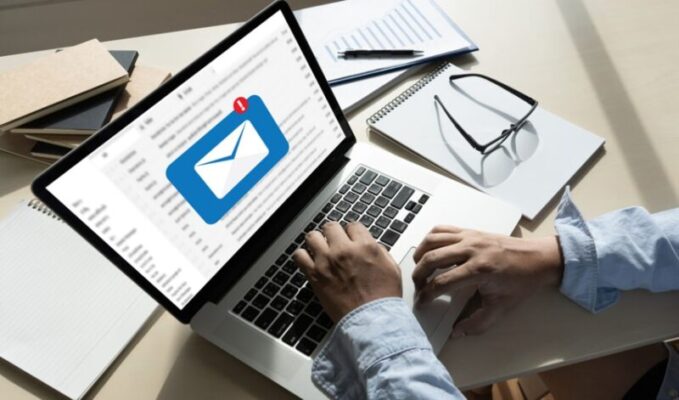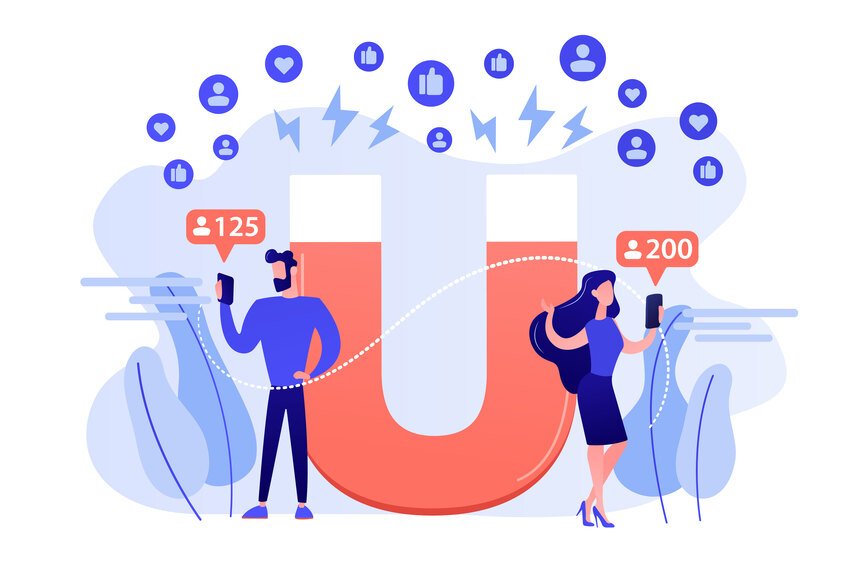Cybercriminals are getting more advanced and developing better tactics by the day. A seemingly innocent email could end up opening the door for a cyberattack. It’s becoming increasingly crucial for businesses and organizations to educate employees on the risks of phishing schemes and how to spot them. If an employee clicks on a link in a phishing email, the cybercriminal could access all the business’s sensitive data, and some have even gone bankrupt as a result.
Identifying phishing emails and educating your staff on how to do the same is your best defense against this form of a cyber attack.
1. Suspicious Email Addresses
$17,700 is lost every minute in the United States because of phishing attacks. One of the best ways to spot a phishing email is by looking at the sender’s email address. While at first glance, it could seem legitimate, with some careful inspection, you can spot red flags. Cybercriminals are smart and will use tricks like switching around two letters to try to trick the eye. As an example, instead of @readdive.com, it will say @readive.com. Train your employees to look out for these red flags so they can alert the IT department immediately. Trained IT professionals at Ubisec Systems can advise the next steps when a phishing email like this comes in.
2. Spelling and Grammatical Mistakes
Cybercriminals will often make spelling mistakes or simple grammatical errors. If the email were from a professional source, then that wouldn’t happen. They might insert the wrong punctuation, random symbols, or use sentences that don’t entirely make sense. These are instant red flags that the email could be a phishing scam.
3. Generic Greetings
Phishing emails are typically sent out in mass so that cybercriminals achieve a high success rate. The greetings will often be generic so that they can appeal to a mass audience. If it were a legitimate email, the greeting would be more authentic and less robotic. That said, with phishing emails becoming more sophisticated, you can expect some personalizations such as first and last names. Anything someone could look up about you on Google, they could use it within the email.
4. Tone of Urgency
Cybercriminals who use phishing emails will always use a tone of urgency to encourage quick action. They will say that they need a specific document or set of data sent over straight away and list the consequences if it’s not. They might ask you to click a link and fill out the form immediately, or there will be risks involved. They want to make the recipient feel that sense of urgency and nervousness and provide them with the details they need without questioning it. If employees ever receive an urgent email, they should always verify the source and validity before acting on it.
5. Suspicious Attachments
Downloading attachments is one of the most common ways that cybercriminals will enter your network and system. Employees should be very cautious when downloading any attachments and always go through the above checklist first. Since spam filters can often detect links within the body of the email, hackers love using attachments to bypass them.
Read Dive is a leading technology blog focusing on different domains like Blockchain, AI, Chatbot, Fintech, Health Tech, Software Development and Testing. For guest blogging, please feel free to contact at readdive@gmail.com.





